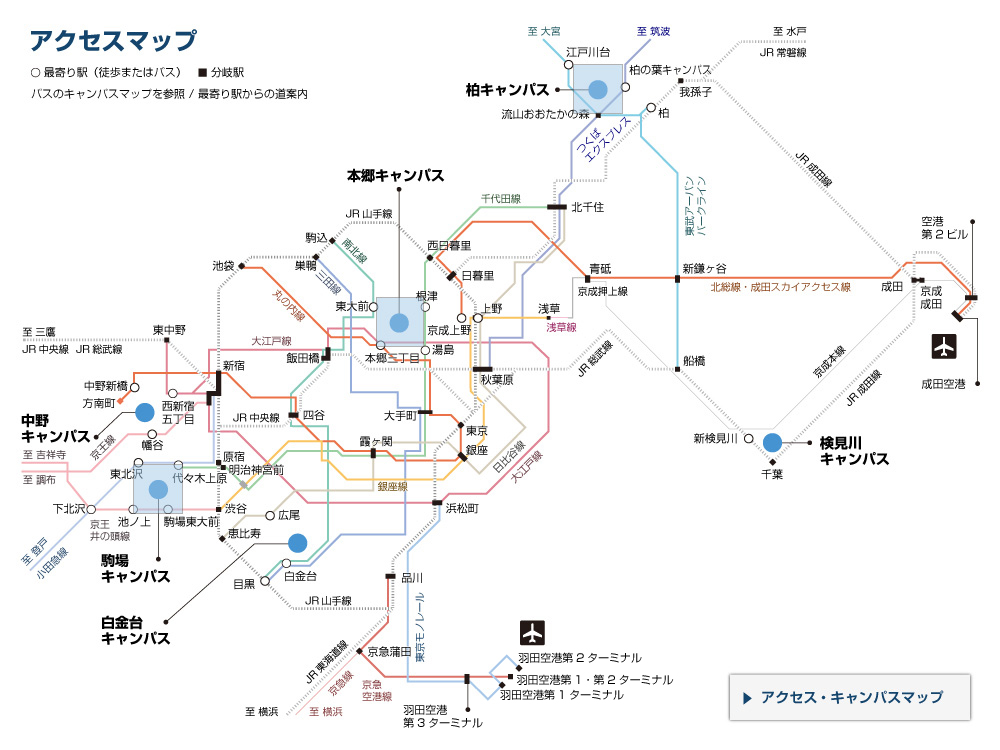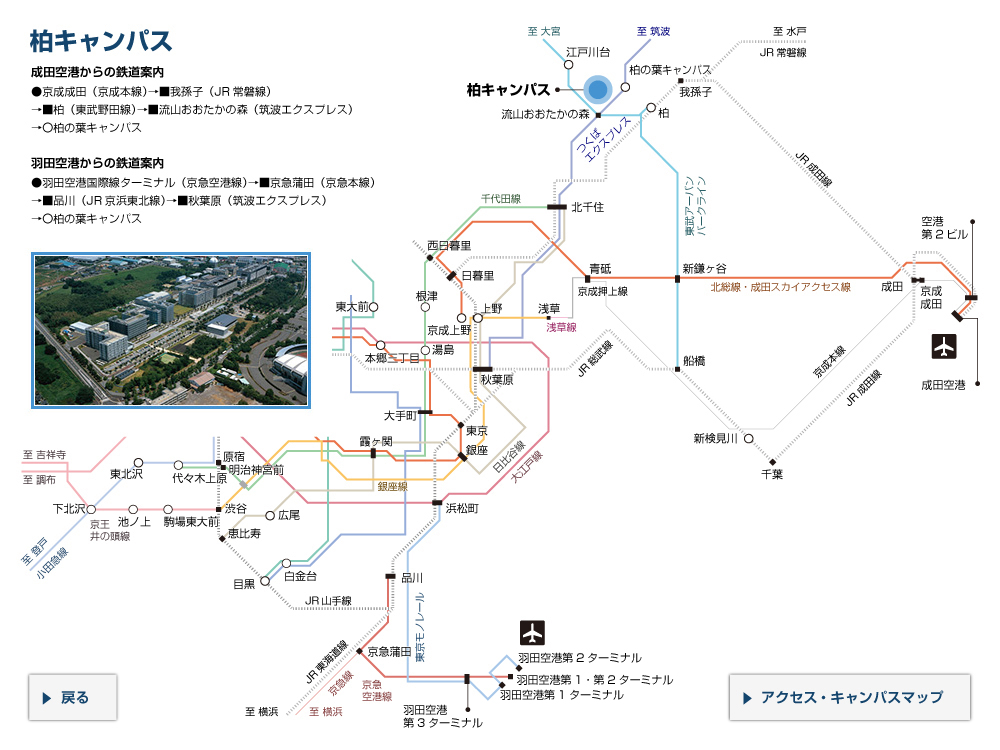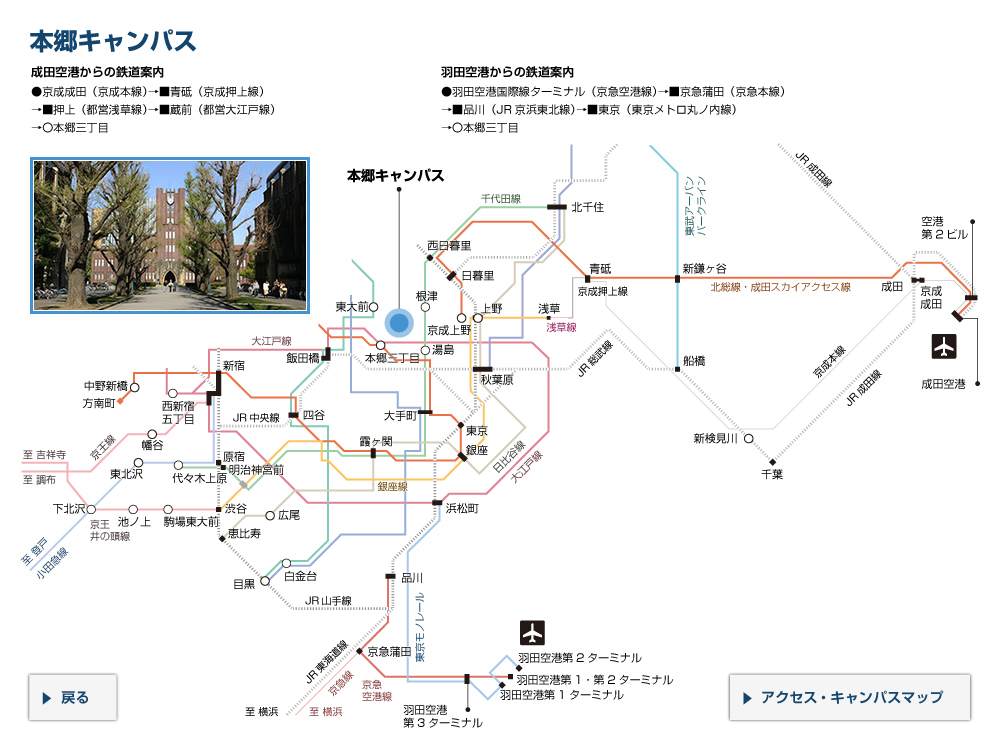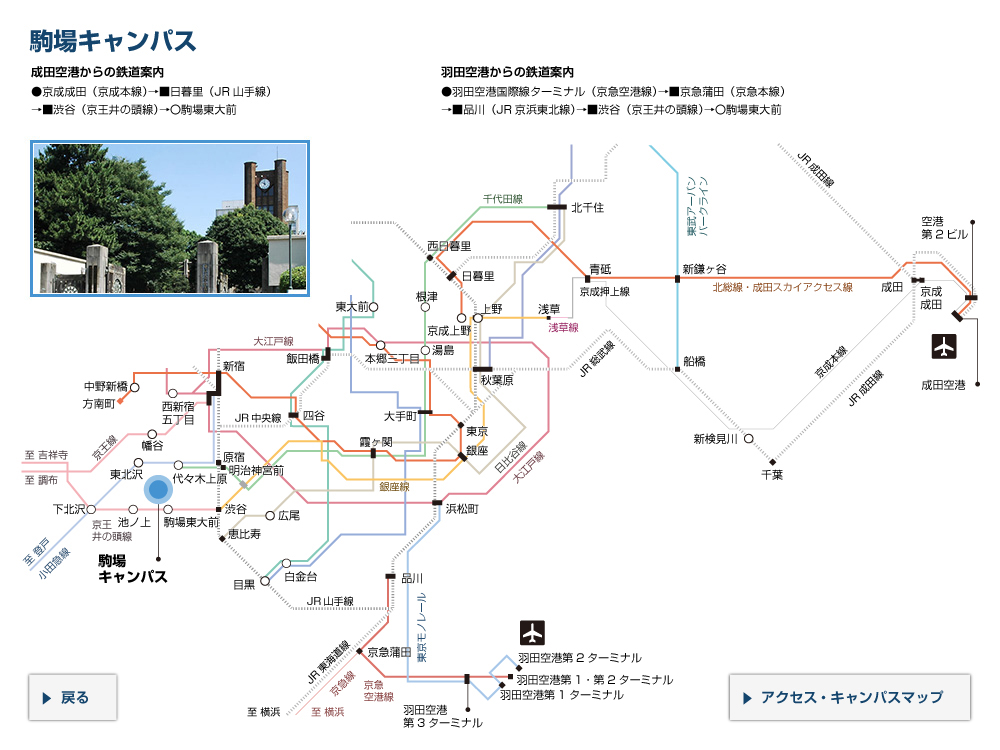令和4年度 東京大学秋季入学式
新領域創成科学研究科長式辞
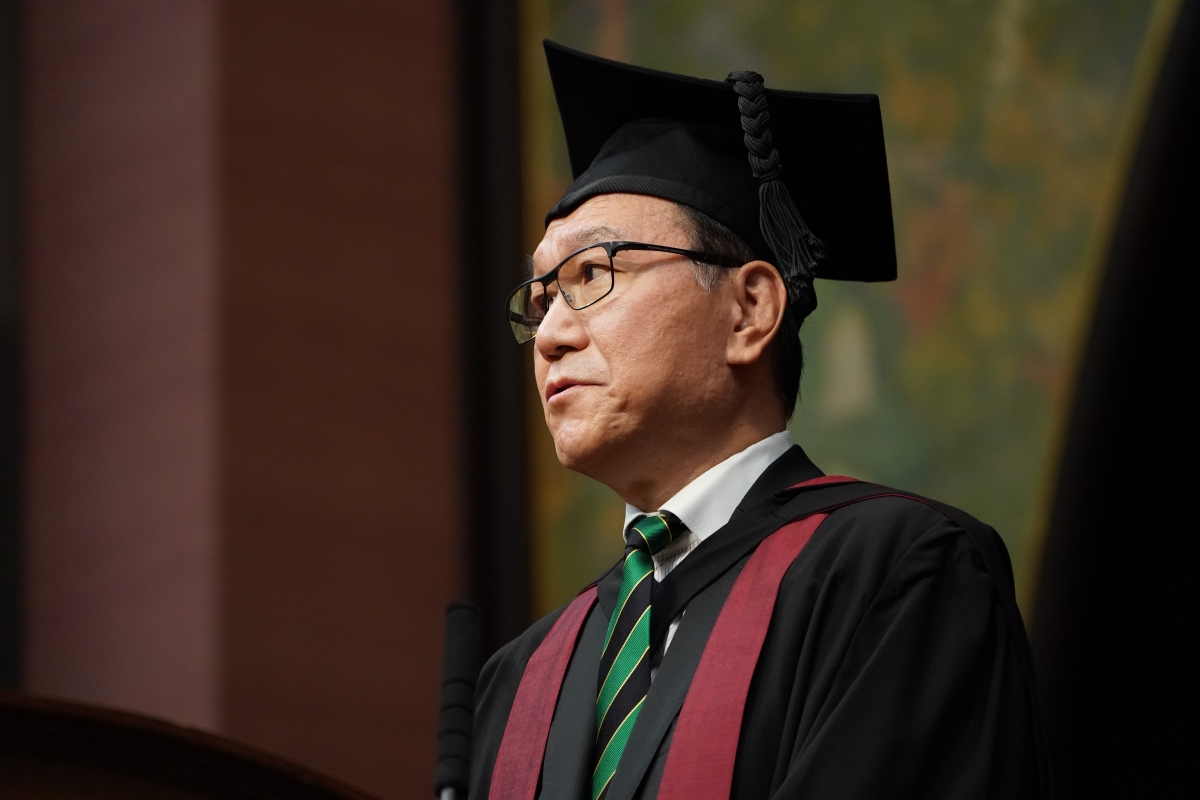

Dean’s Address at the 2022 Autumn Semester Matriculation Ceremony
Congratulations and welcome to the University of Tokyo.
I would like to express my sincere gratitude to each of you for choosing our university. Overcoming the difficulties of being admitted to the University of Tokyo is no small feat and I am truly grateful that you have persevered.
The past two years have watched the COVID-19 outbreak turn into a Corona Disaster with severe consequences for universities that have forced dramatic change in their style of learning. Online learning is now commonplace, and we have well-established “virtual” ways for students to attend classes from wherever they may be.
In one sense, the Corona Disaster Experience has called into question the value of the real spaces on university campuses that have traditionally brought you together with professors and your fellow students for rigorous academic communications and discussions. Despite such questions being raised, I believe the Corona Disaster Experience has enhanced the importance and value of face-to-face discussions between people in real spaces.
The building we occupy right now, the Yasuda Auditorium, is one such real space that has a special place in the history of Hongo Campus. Designed with the initiative of Dr. Yoshikazu Uchida, Professor in the Department of Architecture, Faculty of Engineering, who later became the fourteenth president of the university between 1943 and 1945, this building was just starting construction when the Great Kanto Earthquake of 1923 struck on September 1.
The earthquake caused tremendous physical damage to the Kanto Region which includes all of the Tokyo Metropolitan Area and destroyed the lives of the approximately 105,000 dead or missing victims. Despite the devastation work resumed after the disaster and this building was completed in the following year.
The story of this building adds to the rich history of Hongo Campus, which is one of the oldest campuses in Japan. All our campuses including Komaba, and Kashiwa have their own history and have produced many outstanding researchers and graduates. As you pursue your studies and research in any of our facilities we hope that you will feel the rich history of each place.
Whenever I come into this hall, I remind myself of the Great Kanto Earthquake. At the time of the earthquake, the field of “urban planning”, which is my specialty, was still in its infancy. Modern urban planning has its roots in the planning methods introduced in the reconstruction of the Imperial Capital Tokyo after the earthquake. It is no exaggeration to say that modern urban planning in Japan has developed based on the experience of the Great Kanto Earthquake. In other words, it can be said that the critical situation gave birth to new planning methods and technologies.
For nearly the past 100 years, urban planning has established itself as an academic discipline that has created the modern cities we live in today, and it continues to help devise ways to plan for the integration of technologies and technological application to urban development.
“Planning” a city as a complex system requires the skill to predict the future. By “planning” we actually mean predicting 10 or 20 years into the future and responding in advance to the anticipated future problems. “Planning” also plays an important role in restoring and recovering from unforeseen problems so that daily life can be restored as quickly as possible.
However, no matter how advanced smart city technology becomes, we will never be able to stop an earthquake or an outbreak of an infectious disease. In addition, although advanced technologies will greatly enhance planning based on sophisticated predictions, when unplanned events do occur, it will be human collaboration and human networks that will be crucial to deal with them quickly.
The point I would like to emphasize is that you should use your time in university to not only acquire the knowledge of the latest technology, but also develop important person-to-person relationships.
At the University of Tokyo, each of you will hone your individual intellectual abilities. As you hone your intellectual abilities, you will uncover an equally important process of finding your peers. That is, teammates for all your future endeavors. The campuses of The University of Tokyo are the places where you will find friends and teammates who will be with you into the future, and these friends and teammates will become your lifelong treasures. We will do our utmost to support you in this endeavor.
Returning to the story of Yasuda Auditorium, please take a look at the mural behind me. The painting on my upper right depicts a “wellspring” and the one on my upper left depicts “harvesting fruit”. The composition of drawing from a bubbling spring and plucking the fruit from the bountiful orchard signifies the study and growth of the students who come to this university.
You are now at the “wellspring” as depicted in the painting on my upper right. What fruit will you have picked by the time you sit in this auditorium again for your degree conferment ceremony?
Remember to harvest a full variety of fruit. Fruits that will be valuable not only for your future research work but also for your future human network.
We have great expectations for all of you.
Finally, congratulations again, and thank you.
DEGUCHI Atsushi
Dean of the Graduate School of Frontier Sciences
The University of Tokyo
October 1, 2022
- カテゴリナビ



